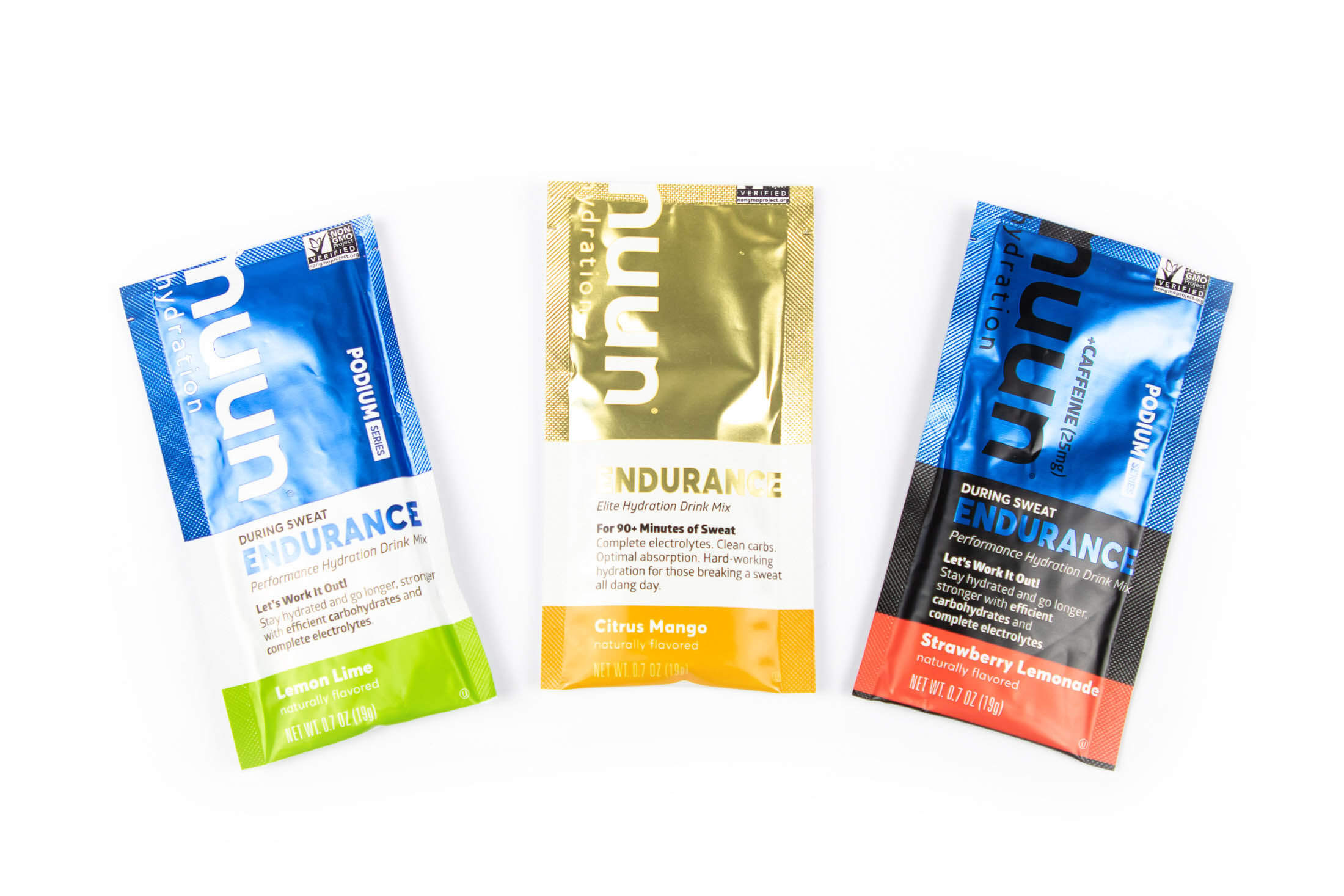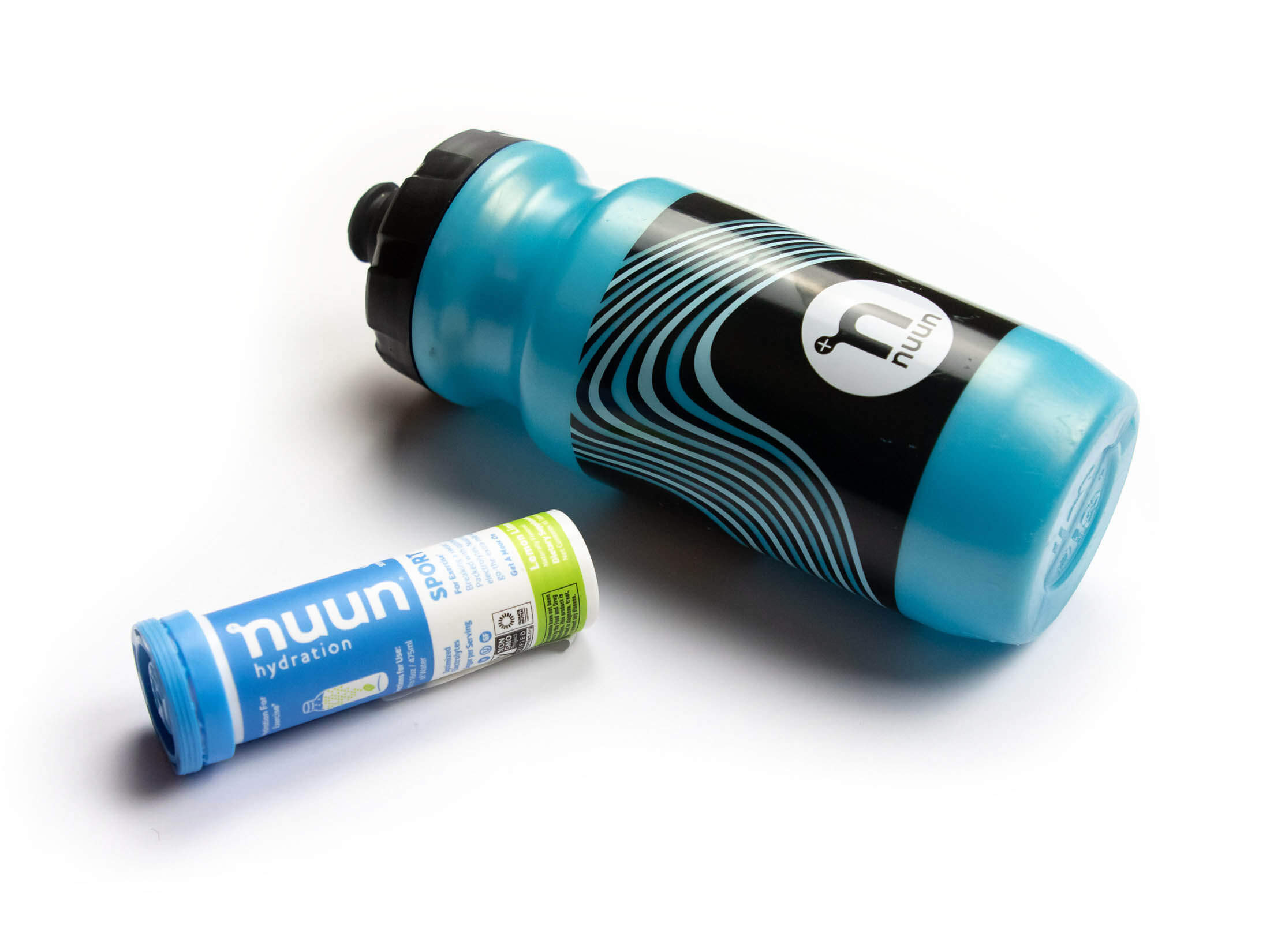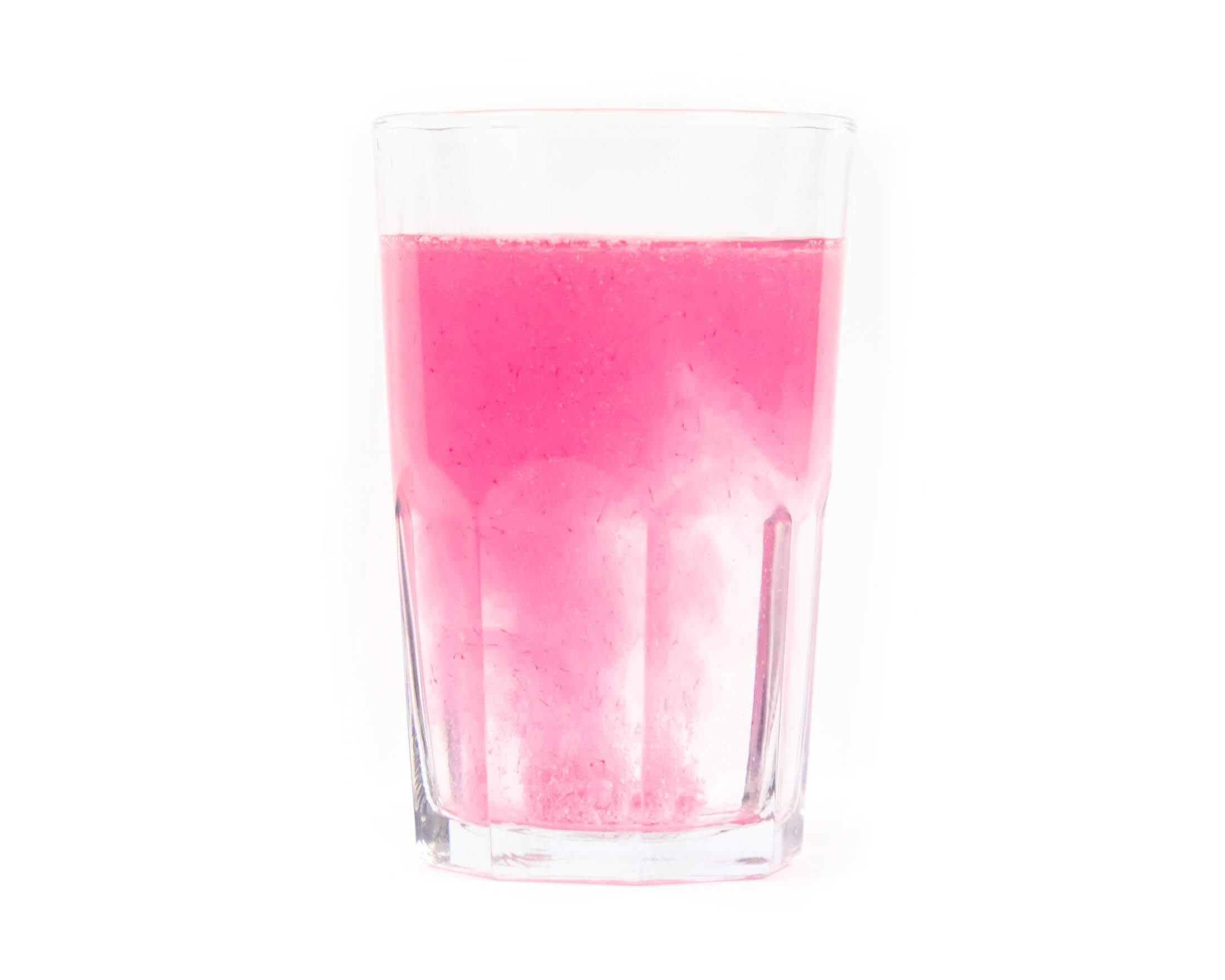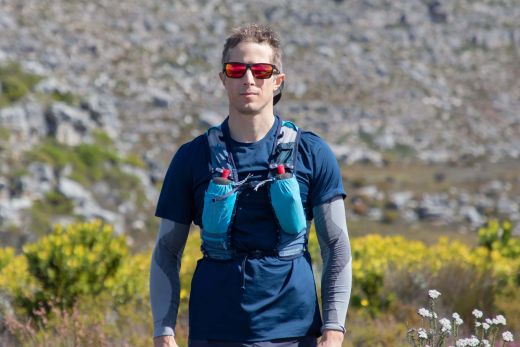The human body is 60% water, so it should be no wonder that H20 is essential for the proper functioning of muscles, nerves and organs. Let your fluid levels drop too low, and you could compromise athletic performance and even raise your risk of heat stroke. But topping up your fluid levels is also not quite as straightforward as gulping down a litre or two of water. Fortunately, this article will give you everything you need to know about hydrating before, during, and after endurance sports.
The dangers and effects of dehydration
Sweat is your body’s way of regulating your body temperature during times of increased metabolic activity – a strategy that’s very effective as long as your keep fluid levels topped up. If you don’t replace lost liquids with water and electrolytes, dehydration can set in and cause a range of undesirable effects – overheating, compromised cognition, depleted glycogen stores and fatigue. And it doesn’t take much much to put you in the red. Most experts agree that losses of more than 2 percent body weight can affect performance and pose a risk, particularly in hot weather. In cooler temperatures, the negative effects of dehydration might only be felt once you’ve lost 3 to 5 percent loss of body weight.
H20 and electrolytes
Water alone is not enough to keep you hydrated. In addition to H20, a perspiring athlete also has to replace electrolytes – the electrically conductive minerals that enable your digestive system, muscles, and nerves to work properly. These all important micronutrients include magnesium, potassium and calcium, but sodium is the big one. If you failed to replace sodium lost through sweat, you would run the risk of hyponatremia or low blood sodium, a dangerous condition that results from strenuous exercise and the excessive intake and dilute sports drinks (those without enough electrolytes). If you are going to drink more than a litre, it’s important that your drink contains the right amount of electrolytes (250 to 400 milligrams of sodium in half a litre of water).
Sugar and liquid absorption
Your drink might contain carbohydrates because it’s part of your refueling strategy, but there’s another reason your drink should contain sugar. The sweet stuff binds to water and electrolytes to help deliver water and nutrients through the intestine wall and to muscles where it is needed. But the concentration of sugar is also important. For longer and more intense bouts of exercise, you want roughly 3 grams of carbohydrates per 100ml of fluid in your drink. That will ensure the carbohydrate concentration stays within 3%, the concentration that can maximise fluid absorption and delivery according to research.

The same study has also shown that larger amounts of sugar (6% and more) actually slow absorption since higher concentrations actually hamper osmolality (more about this in a second). The message here is that if you want maximum water absorption, less sugar is better. My preferred mix, Nuun Endurance, contains around 3% sugar and a mix of electrolytes in a concentration (400 milligrams of sodium in half a litre of water) that will go a long way to stave off hyponatremia.
Hypotonic vs. isotonic and hypertonic drinks
Water absorption depends on osmosis at the intestinal wall. Liquid naturally flows from an area of low sodium and sugar concentration (the contents of your GI tract) into an area of high concentration (your blood), and the intestine membrane acts little more than a filter. What this means for the thirsty athlete is that hypotonic solutions (more dilute than your blood or less than 280 mOsm/kg) will be absorbed more quickly than isotonic solutions (similar in concentration to blood) or hypertonic solutions (more concentrated than blood). Most brands don’t publish osmolality levels, but you can be pretty sure a drink is hypotonic if it has less than 16 grams of sugar and 400 milligrams of sodium in half a litre of water.
Can you trust your thirst?
In 2012, South-Africa-based emeritus professor Dr. Tim Noakes published a controversial book titled Waterlogged—The Serious Problem of Overhydration in Endurance Sports. In it he made the claim that the average endurance athlete drinks too much water or diluted sports drinks (without enough electrolytes), bringing on hyponatraemia with dangerous frequency. Dr. Noakes has a reputation for refuting conventional wisdom, and it would be easy to dismiss his idea as another contrarian view. But hyponatremia has since been proven to be at least as common as dehydration amongst competitive endurance athletes.

But telling runners to drink to thirst – drink only when they are thirsty – also might not be the best advice. The problem, after all, is not too much water but not enough electrolytes. You can safely consume 400 to 800 milliliters of liquid every hour (the amount usually recommended) if it contains the right amount of electrolytes. So, while it’s important to be aware of the dangers of hyponatraemia, I recommend that you take Dr. Noakes advice with a pinch of salt. It’s best to figure out how much water you lose in an hour of exercise (using the tests described below) and then replace that with a slightly hypotonic drink (around 250 mOsm/kg) at a rate that matches this.
Start exercise hydrated
It’s important to start exercise hydrated, but that doesn't mean downing a litre of water thirty minutes before a race. This much water drunk quickly would go straight through you and result in a poorly timed bathroom break. Aim to start hydrating three to four hours before the start of an event, taking care not to drink more than half a litre in an hour. Hydrating well before a race start will give you time to clear any unnecessary fluids before you get going. You’ll know that you’re properly hydrated if your urine is pale yellow – a sign that you are within one degree of optimal hydration.
Replace fluids at a steady pace
Everyone sweats at different rates, loses different amounts of sodium in their sweat, and reacts to heat in different ways. So the answer, as with most things, is that it depends. As a general rule of thumb, the average person needs between 400 and 800 millilitres of liquid every hour. In hot and sweaty conditions, you’ll need to replace fluids at a rate closer to the upper end of that scale, while you could get by with a lot less during less strenuous activity in cooler temperatures. To accurately predict how much you need to drink in any given condition, you’ll have to perform some tests – more about those in a minute.
Rehydrate after exercise
It’s also important to top up H20 and electrolyte levels after exercise to ensure proper recovery. Just bear in mind that you’ll still sweat for several minutes after you stop moving. That’s why it’s recommended that you drink more liquids than you’ve lost, and many coaches recommend that you drink 1.5 litres for every kilogram lost. Try to drink around 500 millilitres in the first 30 minutes after your race and keep gulping every five to 10 minutes until you have reached your target. If, after drinking all of that, you pass only a small volume of dark yellow urine, you need to keep drinking. Again it’s important that your post-exercise drink contains enough electrolytes.

How to check your hydration status
It’s a good idea to check your hydration status both before and after an event. Besides ensuring that your fluid levels are properly topped up, checking your status will help you figure out how much you need to drink every hour to stay hydrated in certain conditions.
Urine test
The easiest way to check whether you are properly hydrated is to examine the colour of your urine. Pale yellow urine means that you're within one percent of optimal hydration. Dark yellow pee means that you’re still dehydrated and need to carry on drinking.
Sweat test
A sweat test involves weighing yourself before and immediately after a run. If you didn’t drink anything during the run, the difference in weight will be fluids lost. If you did drink during your run, you’ll need to deduct the weight of liquids consumed from your post-run weight. Weigh yourself without clothes, shoes and vest for the most accurate results.
Get out there
The best way to figure out what kind of hydration and refueling strategy works best for you is to get out there and experiment. Perform sweat tests on runs or rides of different lengths and under different conditions. Ideally your sweat rate would be the same for all sessions that were similar in intensity and conditions. If not, calculate an aggregate to use as a guideline on future runs and rides.
